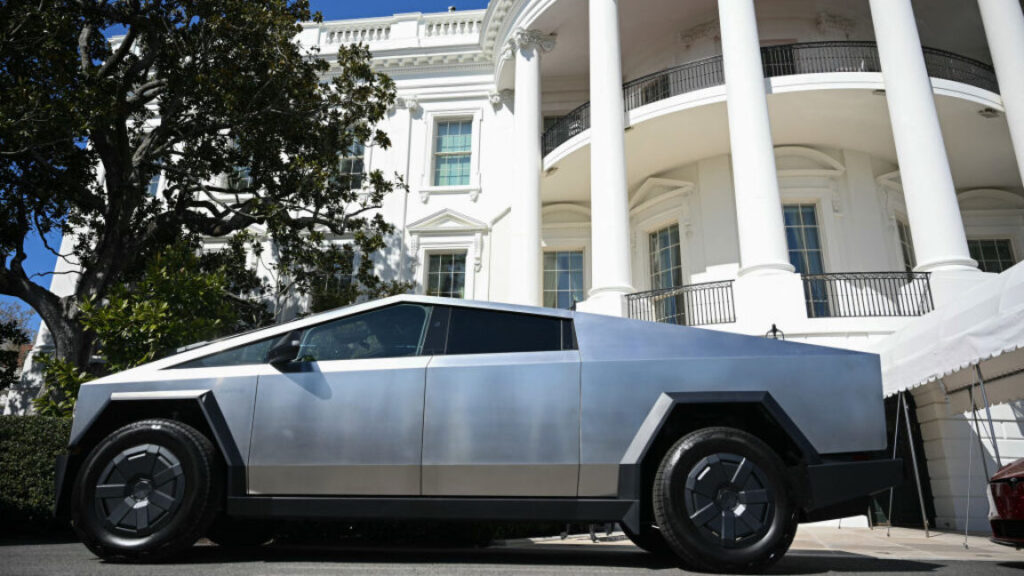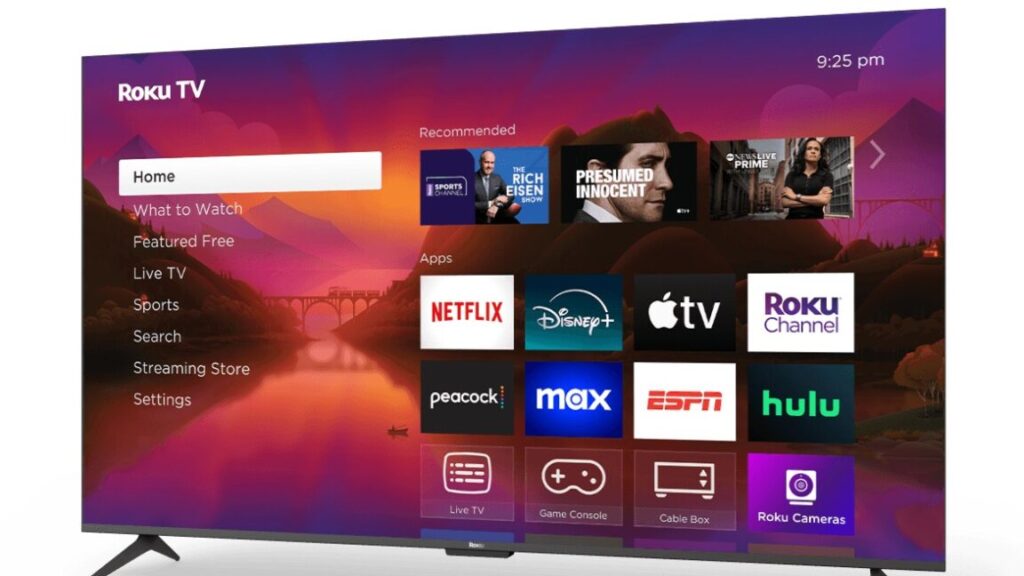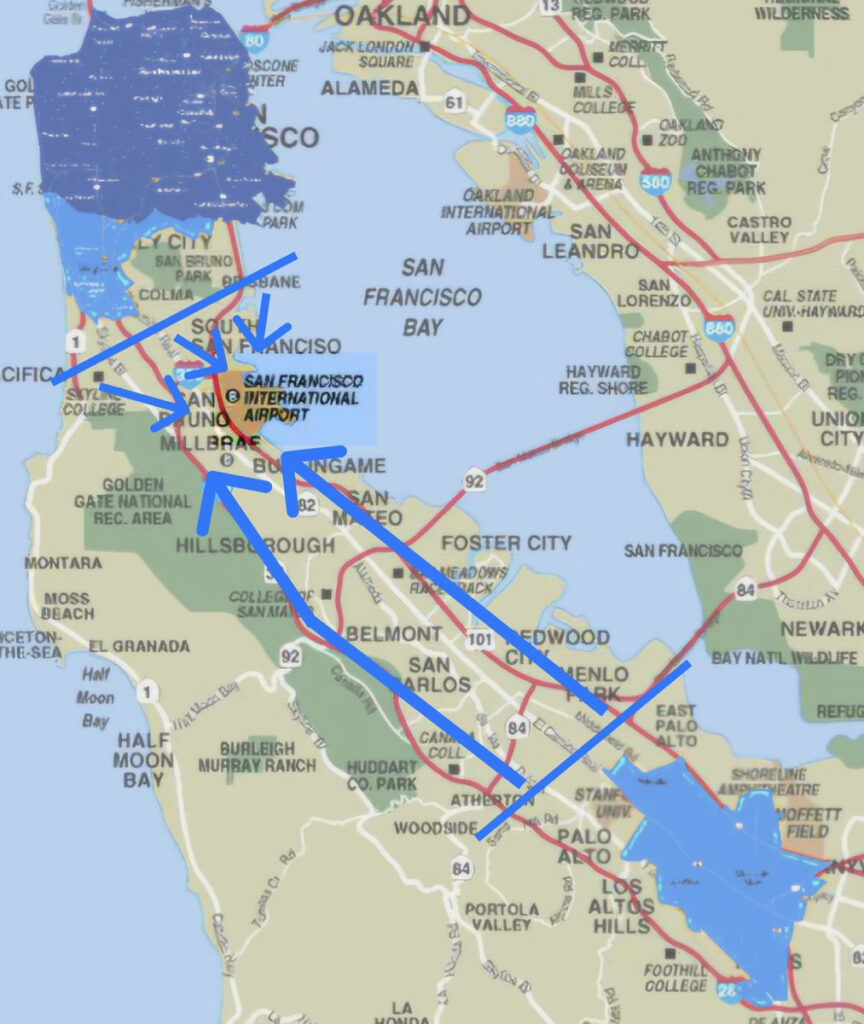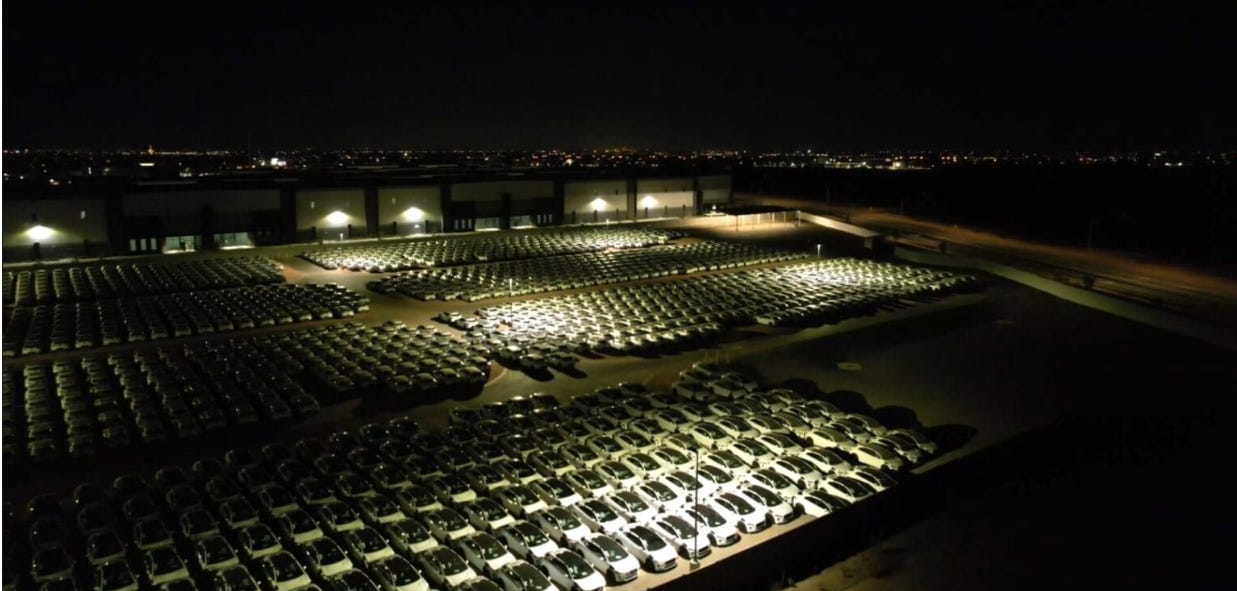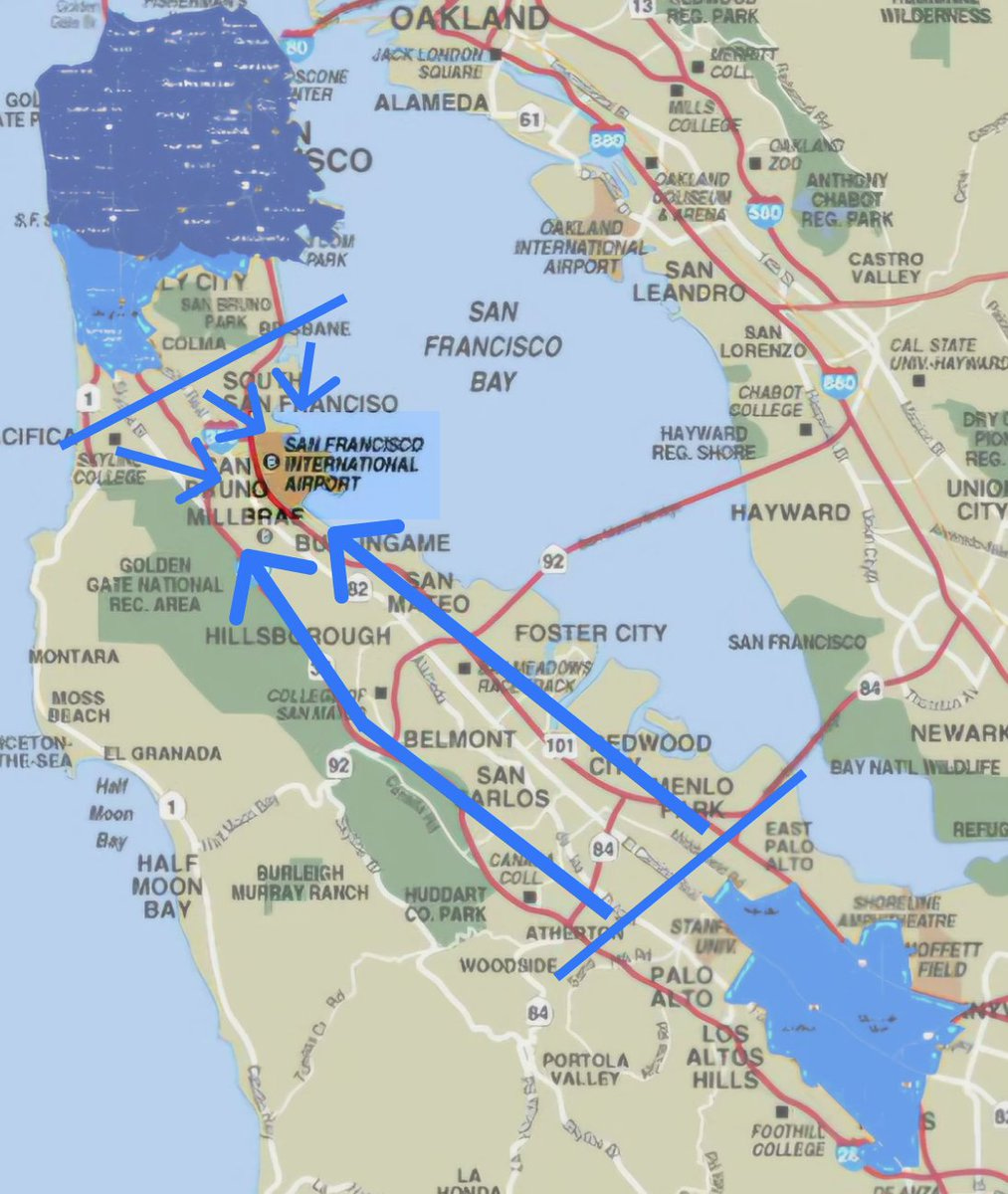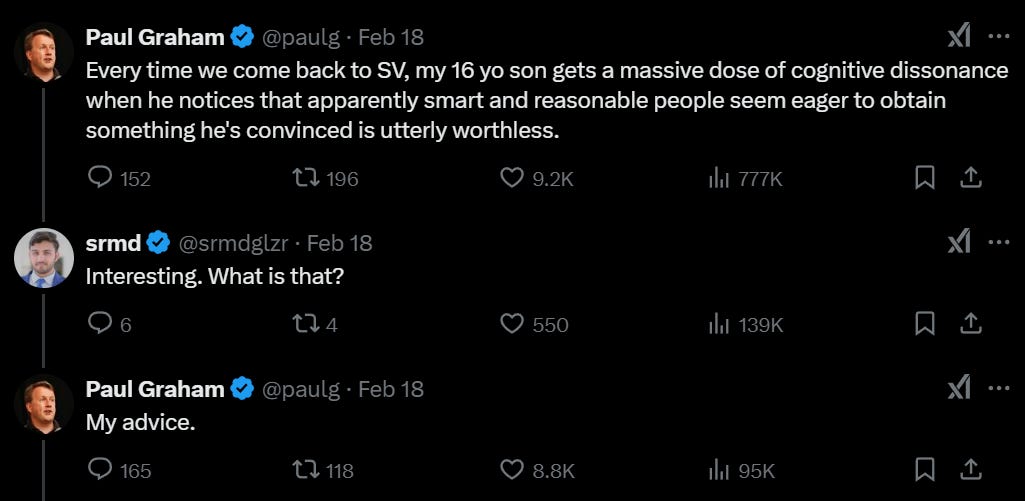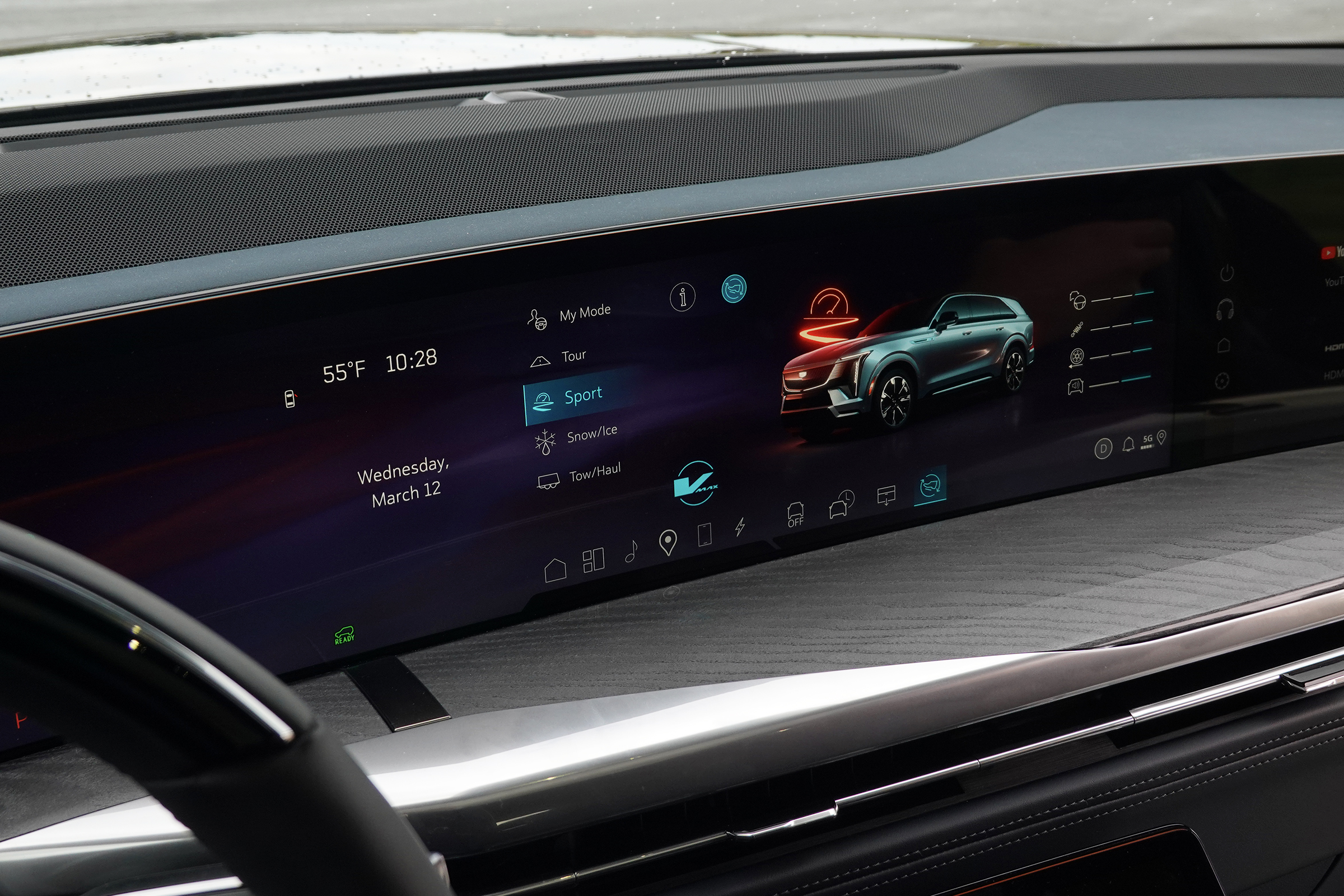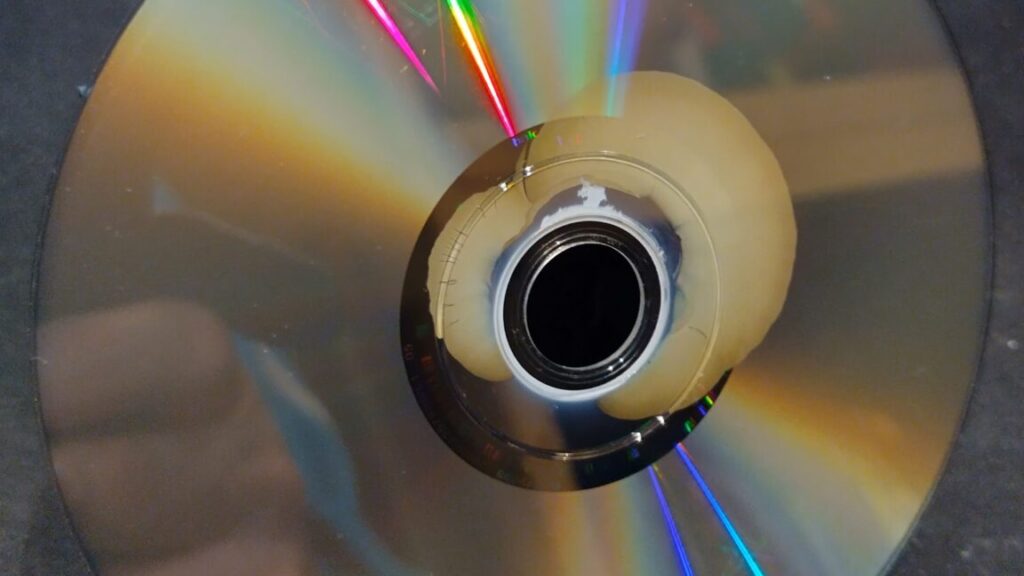I plan to continue to leave the Trump administration out of monthly roundups – I will do my best to only cover the administration as it relates to my particular focus areas. That is ‘if I start down this road there is nowhere to stop’ and ‘other sources are left to cover that topic’ and not ‘there are not things worth mentioning.’
-
Bad News.
-
While I Cannot Condone This.
-
Good News, Everyone.
-
Opportunity Knocks.
-
For Your Entertainment.
-
I Was Promised Flying Self-Driving Cars and Supersonic Jets.
-
Gamers Gonna Game Game Game Game Game.
-
Sports Go Sports.
-
The Lighter Side.
I also had forgotten this was originally from Napoleon rather than Bill Watterson.
Dylan O’Sullivan: Napoleon once said that the surprising thing was not that every man has his price, but how low it is, and I can’t help but see that everywhere now.
You destroyed and betrayed yourself for a handful of clicks.
Jasmeet: Dostoevsky wrote, “Your worst sin is that you have destroyed and betrayed yourself for nothing.”
That seems especially appropriate lately, for mostly non-AI reasons.
Mozilla seems to ban porn on Firefox and telling users it can harvest their data?
Disney shuts down 538, Nate Silver offers a few words. You can get all their data off of GitHub. It is a shame that 538 could not be sustained, and I am sad for those who lost their jobs, but as Nate Silver notes their business model was unsustainable inside Disney. Hopefully Silver Bulletin and others can carry the torch in the future.
Restaurant productivity technically rose 15% during the pandemic and sustained that gain, but it turns out it is entirely attributable to the rise of takeout and delivery. That’s not a rise in productivity, that’s delivering a different product that is easier to produce and also in general worse. If anything this change is bad.
Zeynep Tufekci, who has been on top of this from the beginning, reminds us of the massive efforts to mislead us about the fact that Covid-19 could have come from a lab. We don’t know whether Covid-19 came from a lab, but we do know it very much could have, that there was a massive coordinated operation to suppress this fact, and most importantly that this means that we are continuing to do lab research that is likely to cause future pandemics.
Aditya Agarwal models a person’s ambition as something you can unlock and unleash, but not fundamentally change. I think I mostly agree with a soft version of this. There are plenty of people who are ambitious but haven’t been given or felt opportunity, or you can remove something blocking them, but if an adult is at core not so ambitious you should assume you can’t fix that.
Travel advice from The Technium, mostly endorsed by Tyler Cowen. Definitely some good tips in there, even for those who have little desire for the kind of experience this is striving to achieve. The core recommendation is as a baseline to take trips with about 10 days of intense travel, with 12 non-travel days total, and you start with the most challenging content first.
One pattern to notice is the need to focus on absolute marginal cost of things like renting a driver or paying for entry to a museum and what not, rather than looking at relative cost or comparing to what might seem expensive or fair. Only the absolute costs matter.
I continue to not have the desire to do this style of travel that he calls E&E, for engagement and experience, but it does appeal more than the traditional R&R style, for rest and recreation. I can do R&R at home, in many ways far better than I can travelling, at almost no marginal cost. But then, I can do my version of E&E at home too, and often do, although not as often as I should.
A perspective on what does and does not cost you precious Weirdness Points. The particular claim is that being vegan while respecting others preferences costs very little, whereas telling others what to eat costs a lot of points. I agree in relative terms, although I disagree in absolute terms. The general pattern of ‘telling others to do [weird thing] costs vastly more than doing it yourself’ definitely applies, but the [weird thing] can still be expensive.
The Dead Planet Theory, the generalization that most of life is showing up, if showing up includes attempting to Do the Thing at all. As in, yes You Can Just Do Things, and the reason you can is that you almost certainly won’t, which means little competition.
The ritual ritual.
Ashwin Sharma: Basically, Joseph Campbell taught me to ritualize almost everything I considered mundane. Like my morning coffee, my afternoon walk, and my bedtime reading. I learned over time that this is because ritualizing ordinary moments makes them sacred. And when something becomes sacred, when you give it meaning, it gives meaning back to you.
Chris Cordry: Ritualizing everyday actions also means you bring more attention to them. When we give attention to something on a deep level, we can experience it as sacred independent of cognitive meaning-making.
I wrote Bring Back the Sabbath, so I’ve long been a supporter of this, and I agree. The more rituals you can make work for you, the longer you can sustain them, the better. There are of course costs, but consider this a claim that the Ritual Effect matters more than you think it does.
Your periodic reminder that some important people need lately:
Lars Doucet: The counterpart to “move fast and break things” is “don’t be in such a hurry that you waste time.”
This is commonly misunderstood as saying, “please don’t go fast.” It means the opposite! It means, “optimizing for the *feelingof going fast will *MAKE YOU SLOWER*”
The “move fast and break things” vibes, as fun as it is, does pack in a certain tolerance for carelessness and “we’ll figure it out later.”
Sometimes being careful and figuring it out before you leave the house makes you arrive at the destination faster!
The most obvious application in software land is technical debt. You do want rapid prototypes and you do want to avoid premature optimization and over engineering.
But also nothing slows you down like an easily avoided big ball of mud.
Really you just need to very good at asking yourself “am I chasing a goal or am I chasing a vibe?” There are a lot of things that FEEL like going fast that aren’t actually going fast, just being in a hurry, which is a totally different thing.
There’s a similar phenomenon with various cargo-cult symptoms surrounding work culture. It’s very easy to signal that you are very busy, but that’s not the same thing as working hard, which in turn is not the same thing as getting stuff done efficiently and effectively.
Female economists are more persuasive than male economists to those who know the economist is female. For those who don’t know, there’s no difference. And yes economists can actually persuade the public of things, which is the hardest to believe part of the entire paper given what people believe about economics.
I didn’t like The Great Gatsby (the book) either when I was forced to read it, not great at all, do not recommend. I don’t put it in ‘least favorite book’ territory like Tracing Woods does, but I respect that take. My least favorite book, by this criteria, would probably be One Hundred Years of Solitude. Absolutely dreadful. It’s actually amazing how consistently awful were the fiction books schools forced me to read.
Who believes in astrology? Astrology is the Platonic ideal of Obvious Nonsense, so you can use belief in it as a way to measure various group differences. Intelligence is the biggest predictor of non-belief listed in the abstract, followed by education, which makes sense. Religiosity and spirituality are null effects. That speaks poorly of religiosity, since all the major religions are in agreement that astrology is bunk. Whereas it speaks well of spirituality, because it seems like it should be positively correlated to astrology, especially given that right-wing individuals believe in astrology less.
The most interesting one is no impact of ‘scientific trust’ on astrological belief. You would think that belief in science, whether it was real science or Science™, would mean you trusted the scientists who tell you astrology is Obvious Nonsense. This isn’t the case, suggesting that a lot of ‘trust in science’ is actually ‘trust’ in general.
Things we need to do way more:
Ryan Peterson: My friend’s startup uses facial recognition to identify employees entering the office and then plays the walk-out theme song of their choice as if they were a WWE superstar.
Would this even be legal in Germany? No wonder Europe is falling behind.
Arbital has been incorporated into LessWrong.
Washington Post will be writing in its op-eds every day in support and defense of two pillars: personal liberties and free markets. They’ll cover other topics too, but the arguments against personal liberties and free markets will be left to others.
As a very strong supporter of both personal liberties and free markets, I love this.
In response to this, there were a bunch of people on the left who got Big Mad and accused Bezos of some sort of betrayal of democracy. To which I say, thank you for letting us know who you are and what you think of free markets and personal liberties. Whereas I saw some on the right, who have not exactly been the biggest free market fans recently, and have a spotty record on personal liberties, cheering this on, so maybe negative polarization can work in our favor for once?
Walks are great. The best walks are aimful walks, where you have an ultimate destination in mind from which you will gain value, but ideally you can proceed there and back at a leisurely pace and wander while doing so. However your amount of physical activity is not fixed, so you can and should also go on aimless walks, which both help you stay active and can help you think better about various things, either alone or with a companion or two.
LessOnline 2 will take place at Lighthaven, from May 30 to June 1. I plan on being there. LessOnline 1 was pretty awesome and I’m excited to run it back. Last time I ran a makeshift ‘show the Zvi process’ workshop, haven’t decided what if anything I’ll run this time. Early bid pricing lasts until end of March.
The Survival and Flourishing Fund is planning another $10mm-$20mm in grants this year, and also offer a matching pledge program where you decide the terms of the match and in exchange get a (unspecified) boost in priority.
If you are a charity whose goals are compatible with Jaan’s priorities, or especially if you are a good fit for the freedom or fairness tracks, I highly recommend that you apply. The cost is low and the upside is high. And who know, perhaps you will even appear in a future version of The Big Nonprofits Post if I happen to be one of the recommenders for your round.
Foresight is doing small, fast grants (~$10k) for projects related to aging and nanotech.
Calling local Magic gamers: The NYC Invitational Series is coming, starting with the NYC Pauper Open on May 25 at the Upper West Side Hex, building towards an end-of-year invitational. Local game stores are invited to reach out to get in on the fun.
Wincent, a crypto HFT firm where I did a bit of consulting for recently and they seemed pretty cool, is looking for someone with 5+ years of quant experience in HFT willing to relocate to Bratislava, Slovakia.
While we’re on that subject, of course, my official trading experience was at Jane Street Capital, which is always hiring. It didn’t work out for me but they’re great people and if you’re going to do that kind of work it’s a pretty great place.
The Taylor Tomlinson Crowd Confessions compilations are consistently hilarious.
Suzy Weiss argues that comedians should not be hot. I strongly disagree. This is a confusion of the wonderful fact that comedians are allowed to not be hot – which is great – with saying that hotness, or more precisely actually looking good by being not only hot but also well-dressed, shouldn’t be allowed. A central example here (that Suzy uses) is Tina Fey, who is definitely hot, and was hot even when she was playing the intentionally not hot Liz Lemon. Suzy Weiss argues that being ugly, here, is an asset.
To me, that’s exactly the proof that the thesis doesn’t hold water. There’s nothing wrong with hot. The idea that people who are hot, or otherwise advantaged, don’t have problems to use for material, is Obvious Nonsense. What you don’t want is for the hot to crowd out the not hot.
Consider music. In music, the product is fully audio, and yet being hot is increasingly a huge advantage that crowds out the not hot. It’s really tough to be an ugly (or even Hollywood homely) rock star, especially as a woman. That means we’ve missed out on tons of great musicians, and the exceptions that make it anyway prove the rule (but for obvious reasons there will be no examples here).
Yes, the best music was made about when you were 13-14 years old.
Alec Stapp: Funny how most people legit believe this.
Philly Gov: Yeah that’s crazy but it also happens to be right specifically in regards to me.
Alec Stapp: Same.
That comes from this paper, but the paper says the peak is around 23.5 years old, whereas the graph here is much earlier.
I am a strange case, in that I didn’t listen to essentially any non-kids non-classical music until college, and I did only a small amount of ‘listening to what is coming out right now.’ So not a representative case, but I very much prefer older music than that, in general. But I do notice that I have a strong preference for the particular relatively new songs I did listen to about that time, including the ones that get reinvented every so often. So there’s that.
I do notice that when I sample new music from recent decades I usually hate it, to the point where I essentially have given up on playlists of hot new music. They are consistently very bad. New (to me!) older music that stood the test of time tends to work better, down to ~1965 or so, which is well before I was born.
My actual music theory is that in micro terms the public has no false positives once songs are at least a few years old. Marketing can make fetch happen for a month or two, but it fades. Your hits that last are your hits for a reason. One hit wonder songs are always bangers and almost always yes it was their best song when I investigate. Artists that break out, break out for a reason (although it can involve looks or dance moves or hard work and so on). The public does offer false negatives – there are gems they don’t appreciate – but that’s largely due to lack of exposure and opportunity.
The public’s macro preferences are of course up for debate. Their genre preferences are wrong, but they are entitled to their opinions on that.
Will Severance stick the landing? Jeff Maurer is skeptical. I agree the prior is to be skeptical, but the vibes tell me to be optimistic this time around. I very much get the sense that they know where things are going and what story they are telling. I’m also at the point where I’m mostly willing to endorse the show even if they only half stick the landing.
I am very happy that Anora won Best Picture but a modest minimum worldwide gross required for Oscar eligibility, at least for Best Picture, seems like a very good idea.
If you have a Billboard Top 40 single this year, there is about a 40% chance you will never have one again. The turnover in 1962-64, which is what the article here is looking at, was high but not crazy high.
Waymo factory in Phoenix shows about 2,000 cars.
Great to hear but also how are we celebrating such a small number of cars? Let’s go.
Unfortunately, growth has otherwise been slower than I hoped and expected.
Timothy Lee: Weekly driverless Waymo trips:
May 2023: 10,000
May 2024: 50,000
August 2024: 100,000
October 2024: 150,000
February 2025: 200,000
Pretty good but growth rate seems to be slowing a bit.
Sunder Pichai: Exciting new @Waymo milestone: Waymo One is now serving 200k+ paid trips each week across LA, Phoenix and SF – that’s 20x growth in less than two years! Up next: Austin, Atlanta and Miami.
New York is alas likely to take a while due to regulatory concerns. But it’s a real shame to see the latest +50k take a full four months. We need to be on an exponential here, people! This now looks kind of linear and I am not here for that, very literally.
Waymo expands to an initial service area on ‘the Peninsula’ near Palo Alto:
It’s so weird that this new area does not yet connect to the existing San Francisco coverage zone, but actual usage patterns are often not what you would think they are.
Kevin Kwok: Waymo is executing a textbook pincer movement against SFO.
Give me Waymo in East Bay and to SFO and I’ll be a lot more tempted to visit.
Well, you can’t have Waymos yet in New York, so can I interest you in armed guards?
Nikita Bier: Over the last few months, I’ve been advising @bookprotectors: a new app for ordering an on-demand security detail. Or more simply: Uber with guns.
Today, they’re debuting in Los Angeles and NYC at No. 3 on the App Store.
If you have a hot date this weekend, pick her up in a Protector.
5 hour minimum booking. All ex-military or ex-law enforcement.
Skynot: $100, min is 5hrs
Meanwhile, where the self-driving matters most, trucking unions attempt to fight back against the inevitable self-driving trucks.
Because our world is bonkers crazy, their top weapon are orange triangles? As in, if a truck stops, within 10 minutes you have to put out orange triangles. But a driverless truck has no way to do that, and so far Aurora has been unable to get a waiver, because they can’t show an alternative that would be at least as safe – never mind that obviously the self-driving trucks will overall be vastly safer. So now they’re in court.
If they don’t get an exception, Aurora won’t have to have a person in every truck. It does mean they have a Snow-Crash-pizza-delivery-style 10-minute countdown to ‘rescue’ any given truck that runs into trouble. So there needs to be someone 10 minutes or less away from every truck at all times. That means you need a lot of trucks to justify the humans who are constantly on call to leap into action with orange triangles.
The timeline of development of Balatro, by its creator. You love to see it.
Evidence on the Hot Hand in Jeopardy. I think the study underestimates the extent to which being hot and each correct answer inform skill differences, and also how much small differences in skill or being hot should impact wagering size. Remember that contestants have very high uncertainty about their skills in terms of knowledge and also ability to execute, and that they can actively improve their skills over the course of the game, and that confidence actually matters.
Also people think extremely poorly about this question. I asked o1-pro and got an answer that was a mix of stating obvious considerations plus complete nonsense. The impact here is only $100-$500 more per wager. That’s not as much as one might think, and the experienced players who don’t vary their wagers probably are mostly just using an established heuristic. Partly this is to keep their focus on other things.
It’s not even clear if being a stronger player should in general make you wager more – if you need variance you should probably risk everything even if you’re under 50%, if you’re sufficiently confident might as well risk it all to win more and more money, it’s in a weird in-between situation (or when you don’t like your chances in this particular category), or especially where you’re in a close 3-way race where polarizing your score is a bad idea until you can break 70%+, where you want to do anything else.
If I was going on Jeopardy for real, I would likely have AI build me a game simulator, because I have actual no idea what the right strategy is here, and it’s important.
This is part of a longstanding tradition where economists analyze people’s decisions, only take into account half the considerations involved, and declare actions irrational.
Sports have an analytics problem, in that teams and players are Solving For the Equilibrium, and that is often resulting in less appealing games. What to do?
As always, don’t hate the player, change the game. The rules have to adjust. The tricky part is that it can be extremely difficult to preserve the things that make the game great, especially while also preserving the game’s traditions and continuity.
MLB largely solved its ‘games take forever’ problem, but has a pitchers being pulled too early problem rapidly getting even worse, and a severe strikeout problem.
The pitchers being pulled issue can be solved via rules change, in particular the double hook, which helps in other ways too.
Strikeouts are trickier, but the solution there is also likely to try and limit pitching changes, combined perhaps with moving the mound back, perhaps in exchange you pull back the fences so home runs are harder and more balls end up in play. I would experiment with aggressive solutions here, even things like ‘make the ball a little bigger,’ or ‘formalize that the strike zone shrinks when you have two strikes and expands when you have three balls.’
The NBA has a 3-point shot problem. An occasional three pointer is fine, but things are very out of hand. The math on 3-point shots is too good, and the weird part is how long it took everyone to notice.
Or at least I think it’s out of hand. Many agree. Others like the current game.
The obvious place to start if you want to change things back, other than ‘move the three point line back,’ is to only award two shots rather than three if you are fouled on a three point shot except in the last two minutes of the game. Another more radical idea is to strengthen two point shots, by treating shooting fouls like a 2-point goaltending if the ball hits the rim, note you can adjust what counts as a foul to taste.
The NFL’s major shift is teams go for it more on fourth down, but that’s good. They warn that there are shifts towards pass-heavy games, but that’s the kind of change that you can fix with rules tweaks, as the NFL has lots of ‘fiddly bits’ in its rules, especially regarding penalties, that are already constantly adjusted.
US sports betting revenue grows from $11.04b in 2023 to $13.71b in 2024, with sportsbooks holding onto 9.3% of each dollar wagered (up from 9.1%). We have passed that awkward ‘every single ad is for a sportsbook’ stage but growth continues.
Small facts.
Big facts.
If you want them.
News you can use?
Blink twice.
